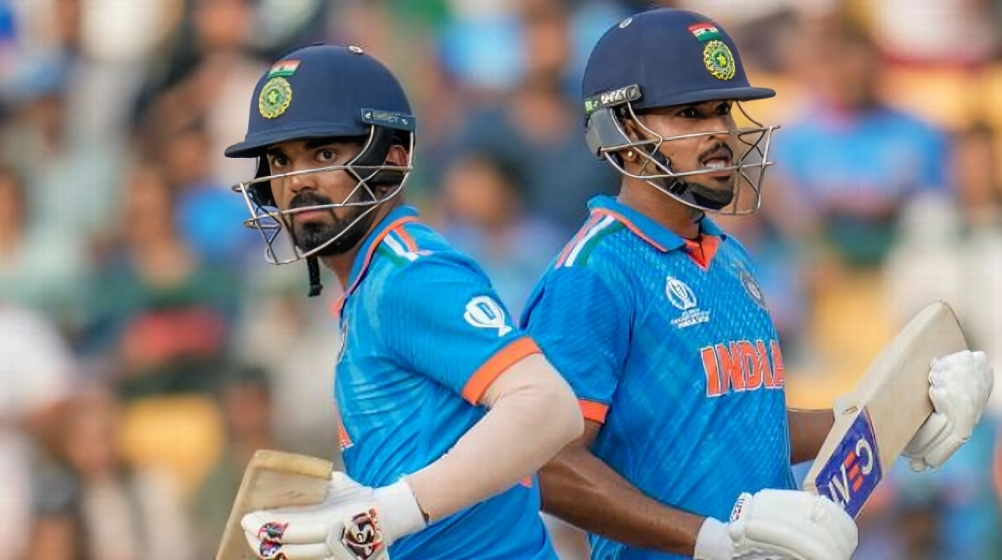
As India steps into a new era in white-ball
cricket, questions abound
about the team's future direction, strategy, and key players. With the T20 World Cup and ODI
World Cup on the
horizon, the team’s decisions now could shape their success in these global tournaments. This
article explores four
critical questions that India must address as they navigate this transformative phase.
1. Who Will Lead India into the Future?
The leadership question
-
Rohit Sharma's Legacy: As the current captain in both ODIs and
T20Is, Rohit
Sharma’s leadership has been instrumental in guiding India through key matches. However,
with the next
generation waiting in the wings, the question of succession looms large.
-
Potential Successors: Players like KL Rahul and Hardik Pandya
are seen as potential
future leaders. The team's management must decide whether to stick with experienced players
or invest in younger
talent to shape the team's long-term future.
-
Strategic Vision: The choice of captain will influence India's
tactical approach.
Will the focus remain on stability and experience, or will there be a shift towards a more
aggressive,
youth-driven strategy?
2. How Will India Address the Middle-Order
Conundrum?
The middle-order has been a point of concern for India in recent
years.
-
Consistency Issues: India has struggled with finding reliable
options in the middle
order, especially in crucial matches. The team needs players who can stabilize the innings
and also accelerate
when needed.
-
Emerging Talent: Players like Shreyas Iyer and Suryakumar Yadav
have shown promise,
but consistency will be key. The management will need to back these players to build a solid
middle order.
-
Role Clarity: Defining clear roles for middle-order batsmen is
crucial. Whether
it’s anchoring the innings or finishing with a flourish, players must understand and execute
their
responsibilities effectively.
3. Can India Balance Experience with Youth?
India's squad is a mix of seasoned veterans and exciting young
talent.
-
Veterans’ Value: Senior players like Virat Kohli and Shikhar
Dhawan bring
invaluable experience and calm under pressure. Their presence can be crucial in high-stakes
matches.
-
Youthful Energy: The injection of young talents like Ishan
Kishan and Ruturaj
Gaikwad offers dynamism and fresh perspectives. The challenge lies in integrating this youth
while maintaining a
competitive edge.
-
Finding the Right Blend: Balancing experience with youth will
be key to building a
team that can compete at the highest level. The management needs to ensure a smooth
transition that leverages
the strengths of both age groups.
4. How Will India Manage the Fast Bowling
Resources?
Fast bowling has become one of India’s strengths in white-ball
cricket.
-
Depth in Pace: India now boasts a rich pool of fast bowlers,
including Jasprit
Bumrah, Mohammed Shami, and emerging stars like Arshdeep Singh. The challenge is managing
their workload to keep
them fit and firing.
-
Rotation Policy: With a busy international calendar, India
needs to implement a
rotation policy that ensures their fast bowlers remain fresh and injury-free. This will also
give opportunities
to emerging talents to prove themselves.
-
Adapting to Conditions: India’s fast bowlers must adapt to
different playing
conditions across the world. The management needs to strategize how to deploy their pace
attack to exploit
varying pitches and climates effectively.
Conclusion
As India enters this new phase in white-ball cricket, the decisions
made now will
resonate through their future campaigns. The leadership choices, middle-order stability, balance
of experience and
youth, and management of fast bowling resources will be pivotal to their success on the global
stage. Fans and
critics alike will be watching closely as these questions unfold in the months to come.
India's journey into this new era is filled with potential and
challenges. As they
navigate this transformative period, the team’s strategy and execution will determine whether
they emerge as a
dominant force in white-ball cricket. The excitement and anticipation build as we look forward
to seeing how these
questions are answered in the upcoming matches and tournaments.


